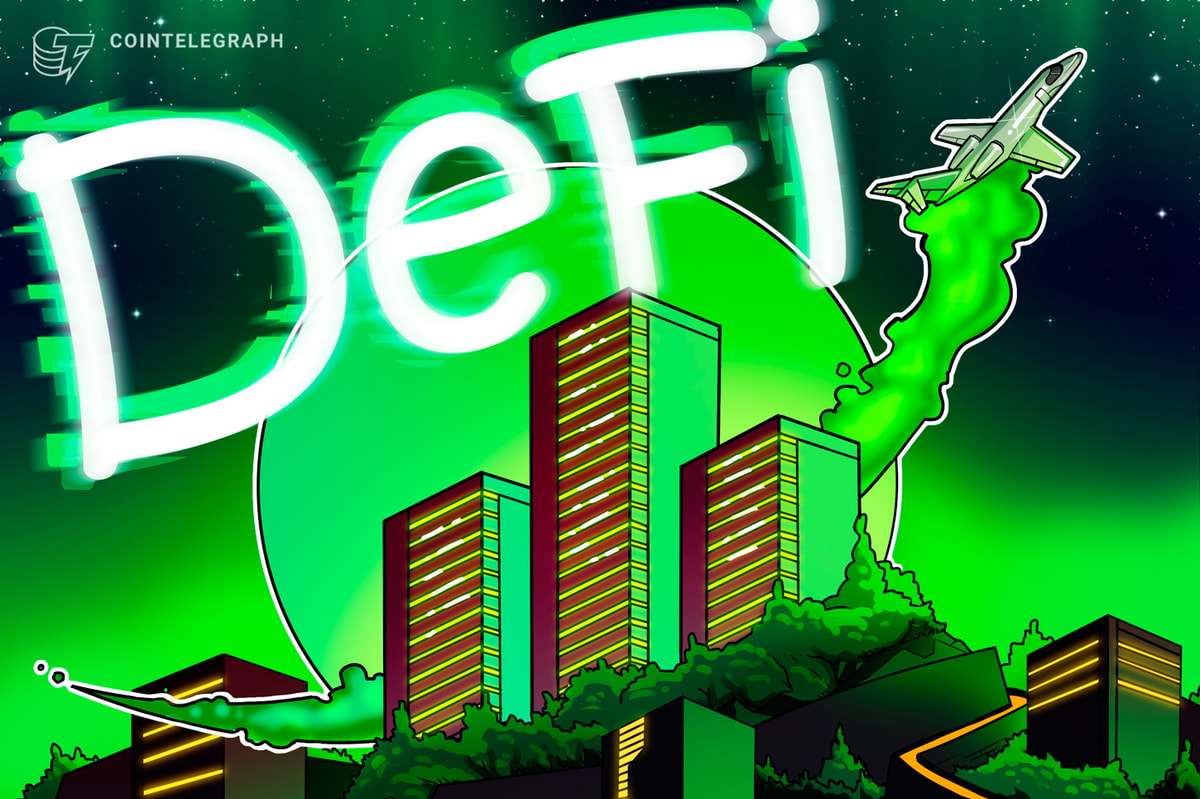Although there is no single metaverse concept, current propositions have one thing in common. That is, they rely on blockchain's ledger technology as their foundation. With the blockchain, the metaverse can exist without a formal owner, allowing each participant to shape the realities of a digital realm. While the peer-to-peer network makes sense in theory, the current trilemma presents a hurdle that must be overcome to make the metaverse a reality.
In the blockchain trilemma, the third and often missing component to a decentralized future is scalability, which without it, results in slow transaction speeds and reduced throughput, each of which is essential to future growth and adoption of the technology.
Aiming to address this barrier to metaverse creation is #MetaHash. #MetaHash is a next-generation network that exists on blockchain 4.0. With this technology, users can access a platform for sharing digital assets and managing decentralized apps (DApps). But, perhaps more crucial to the longevity of the network is its ability to operate independent sub-chains, which are protected by the network. Sub-chains present a cost-effective solution to running what is known as a #MetaApp, by ensuring the main network is never faced with overload.
"Metahash is indeed one of the most technologically advanced solutions on the market. With a solid investment poured into the system, we will speed up the product development, popularize staking and even foster MHC's mass adoption," the founder and CEO of the project's partner, aStake.io Dmitrii Danilenko, shares in response to this network's capabilities.
With this partnership, aStake and #MetaHash aim to provide automated staking solutions for those without a technical background. Before launching, aStake attracted over $10 million worth of commitment to MHC staking.
At present, initial aStake customers, who purchased MetaHash (MHC) coins during the closed presale, received their wallets with MHC involved in staking. Although just one example, their partnership with aStake represents just one example of how having a solid foundation can further propel the industry forward.
Solving for scalability
Looking at #MetaHash in more detail, speed, transaction cost and the resulting scalability become crucial factors to the project's mission. When considering the first component, speed, #MetaHash is designed to take a maximum of 3 seconds (in contrast to Bitcoin's 10 minute time) to confirm a transaction in a core node, resulting in more than 5 billion transactions a day, with each node capable of handling 100,000 transactions per second. These substantially higher speeds result from a machine learning algorithm that is in place to define node roles and how they each are distributed within the network.
The benefits of increasing the number of transactions that can occur are twofold. In addition to meeting growing consumer demand for convenience, it also ensures that the network can ensure low fees. In practice, the network is set up so that transactions are free in most cases, only appearing as the network load grows to protect the network against spam activity. The result is that cross-chain #MetaHash coins are enabled for low-no-cost microtransactions.
When combined, these factors further aid in the solution's scalability. #MetaHash looks to #TraceChain, an automatic self-learning algorithm for routing signals across the network. The chain operates at a rate of 50,000 transactions per second (TPS), which continues to grow as nodes with higher bandwidth join the system, resulting in an infinitely scalable solution.
Achieving this level of throughput comes down to the distribution on the network via Peer Nodes. Here, transactions start at the outermost radius, running to the core network through the fastest route. Nodes considered the fastest verify the transactions between themselves.
With underlying blockchain interoperability, #MetaHash bridges become the final piece in enabling the platform as a foundation for the metaverse. With bridges, users can benefit from a smooth integration and interaction between blockchains and cryptocurrencies across the digital realm.
Propelling growth forward
The team has reported a strong foundation for success, with CryptoRank data gaining +169.6% in price over the last year.
Over the next 12 months, #MetaHash aims to assist in developing bridges for other cryptocurrencies, the launch of a decentralized exchange (DEX) with bridge support and the ability to issue tokens on the #MetaHash blockchain and integrations with the greater NFT sector.
Disclaimer. Cointelegraph does not endorse any content or product on this page. While we aim at providing you with all important information that we could obtain, readers should do their own research before taking any actions related to the company and carry full responsibility for their decisions, nor can this article be considered as investment advice.











